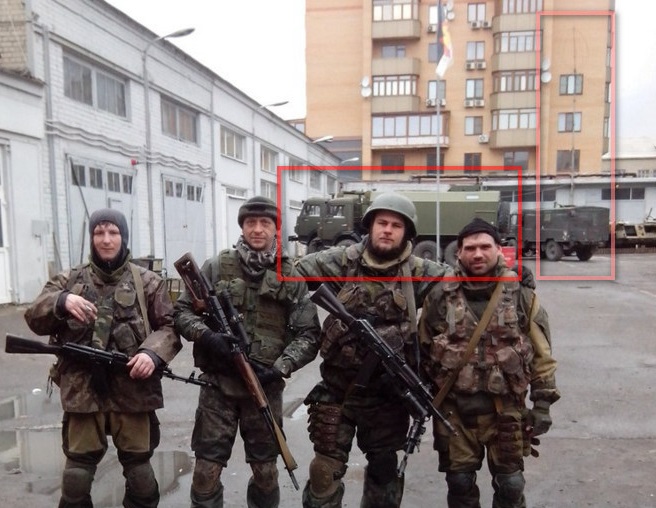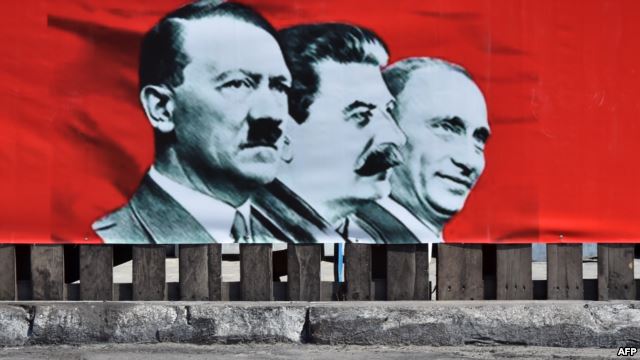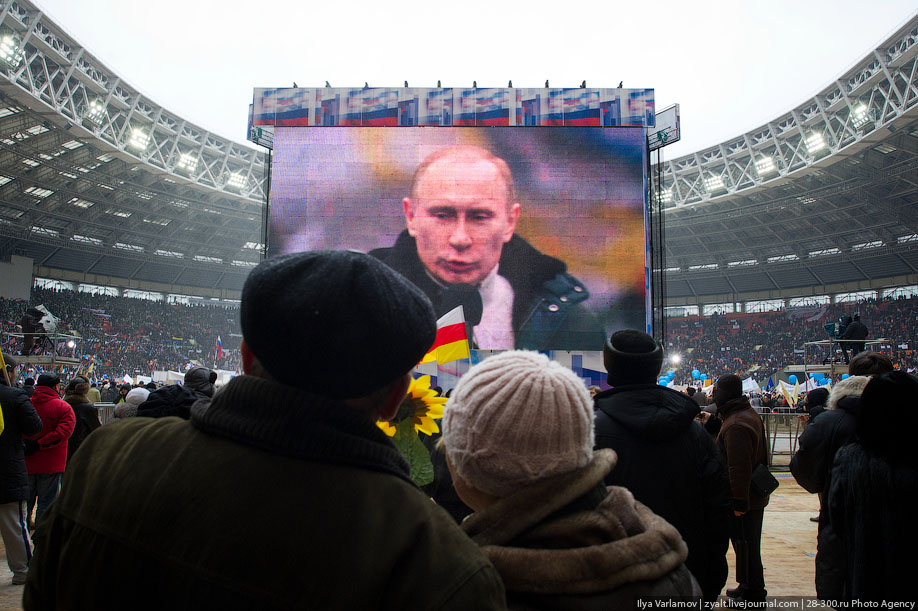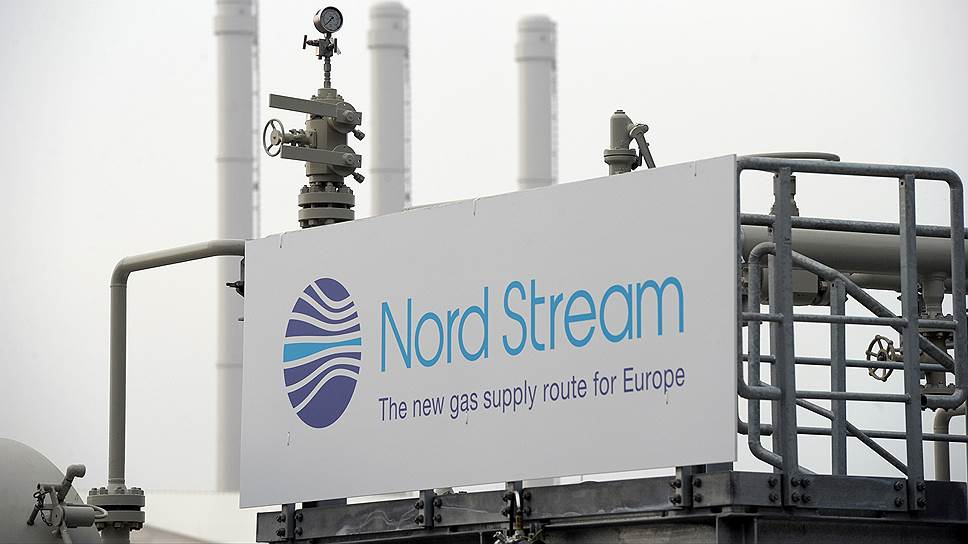The black market in Russia for weapons has grown by almost 50 percent since 2012, largely as a result of the influx of guns brought back to Russia by mercenaries who went there to fight but are now returning home, experts say. And that trend in turn has sparked a continuing rise in violent crime in many parts of Russia.
But what may be prove most worrisome is that the weapons coming back from the Donbas are advanced, modern ones; and these are displacing the older and less lethal guns that had been the mainstays of the Russian arms black market, according to an investigation by Pavel Merzlikin’s of St. Petersburg’s Bumaga published by Meduza.io.
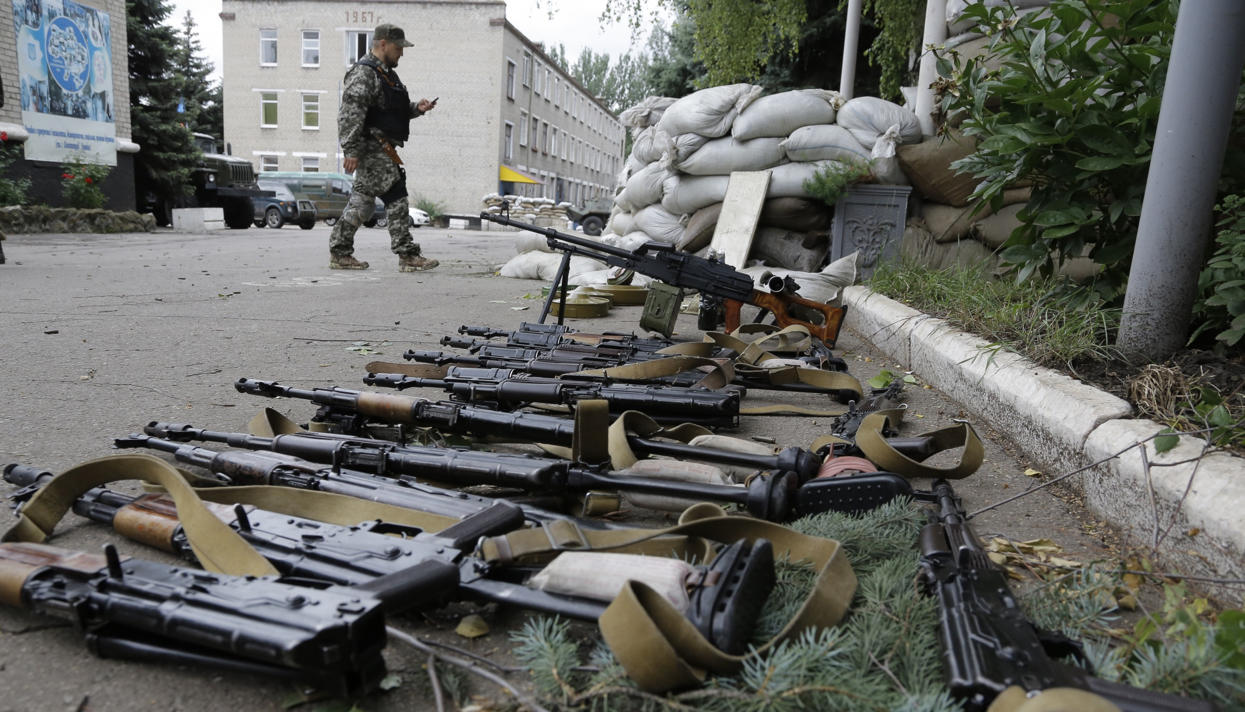
Russian border guards have tried to stem this flow [of the two thousand kilometers of (1.3 thousand miles) of its border with Russia, Ukraine has no control of 409 km (254 miles) — Ed.], and many mercenaries returning from the occupied Ukrainian territory have been stopped, the weapons they have confiscated, and court cases lodged against them [for arms trafficking only, not for mercenary activity, which is also illegal in Russia — Ed.]. But despite those efforts, the flow of guns and other weapons from the Donbas into Russia has continued to increase.
One Russian interior ministry source told Merzlikin
Other sources said officials had stepped up efforts to block the flow, making it increasingly difficult to import contraband.
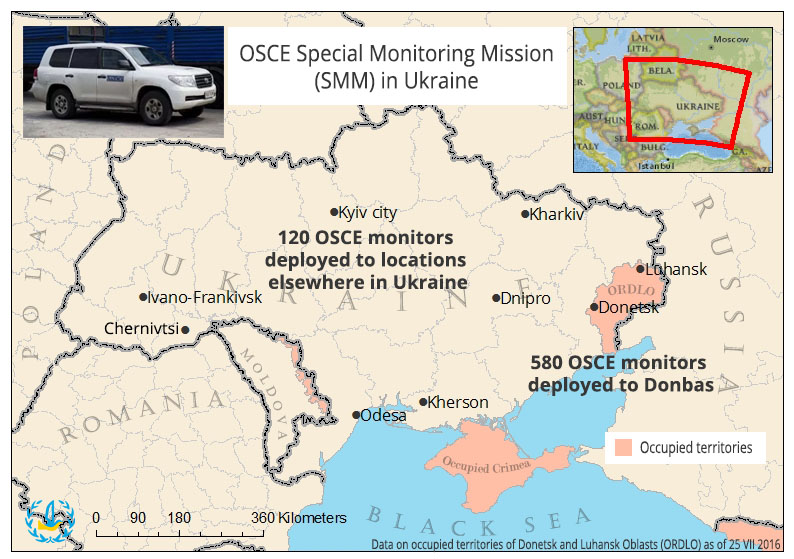
The Russian interior ministry reported that there were as many as 14 million guns changing hands illegally in Russia in 2012. No new data have been published, but Igor Shmelyev, of the Right to Arms movement, says that now that figure may be as high as 20 million.
Given that only 4.4 million Russians have the right to bear arms and they have 6.7 million guns registered as in their possession, that means the guns coming in from the Russo-Ukrainian war in Ukraine’s Donbas are going into the black market and being held illegally. One result, is that the number of crimes involving the use of guns went up 25 percent in 2015, Russian officials say.
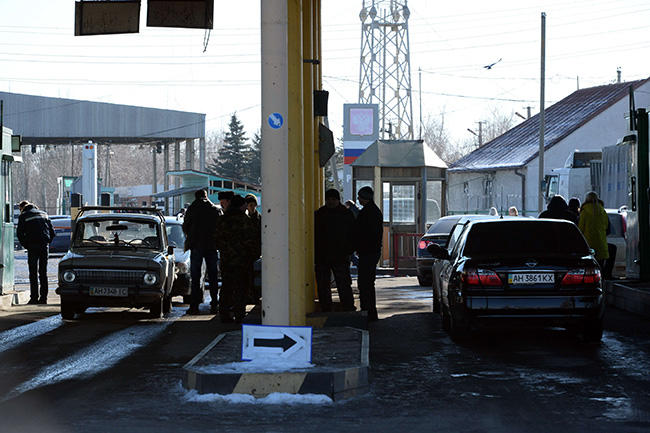
This year, the number of such crimes has gone up to almost 16,000, 3.4 percent more than for the same period last year [The numbers are likely inaccurate as much of Russian official statistics are subject to political considerations by agencies that track the data, the Interior Ministry in this case — Ed.] Vladimir Putin personally called for a crackdown on the buying and selling of weapons last April, but it is unclear how much of an impact that appeal has had.
Advertisements for guns appear regularly on the Internet, and demand appears to be brisk. According to Merzlikin, “sellers don’t care what purchasers plan to do with their purchases.” Some may be collectors, others “nervous” Muscovites, and still others “potential criminal[s].”
Related:
- Interactive map shows origins of Russian mercenaries fighting in Donbas
- Donbas mercenaries bringing the war home to Russia with them
- Kremlin’s crackdown on Russian nationalists caused by returning Donbas mercenaries, SOVA suggests
- Ukrainians ‘called us occupiers,’ returning Russian mercenaries tell media
- Unlike in Ukraine, a Russian Maidan would likely be violent and destructive, Shevtsova says
- New normal in Russia: Putin critics punished with harsh prison terms
- Another terrorist training camp held at a Russian Orthodox Church near Moscow
- How Alexander Dugin’s neo-Eurasianists geared up for the Russo-Ukrainian war in 2005-2013

